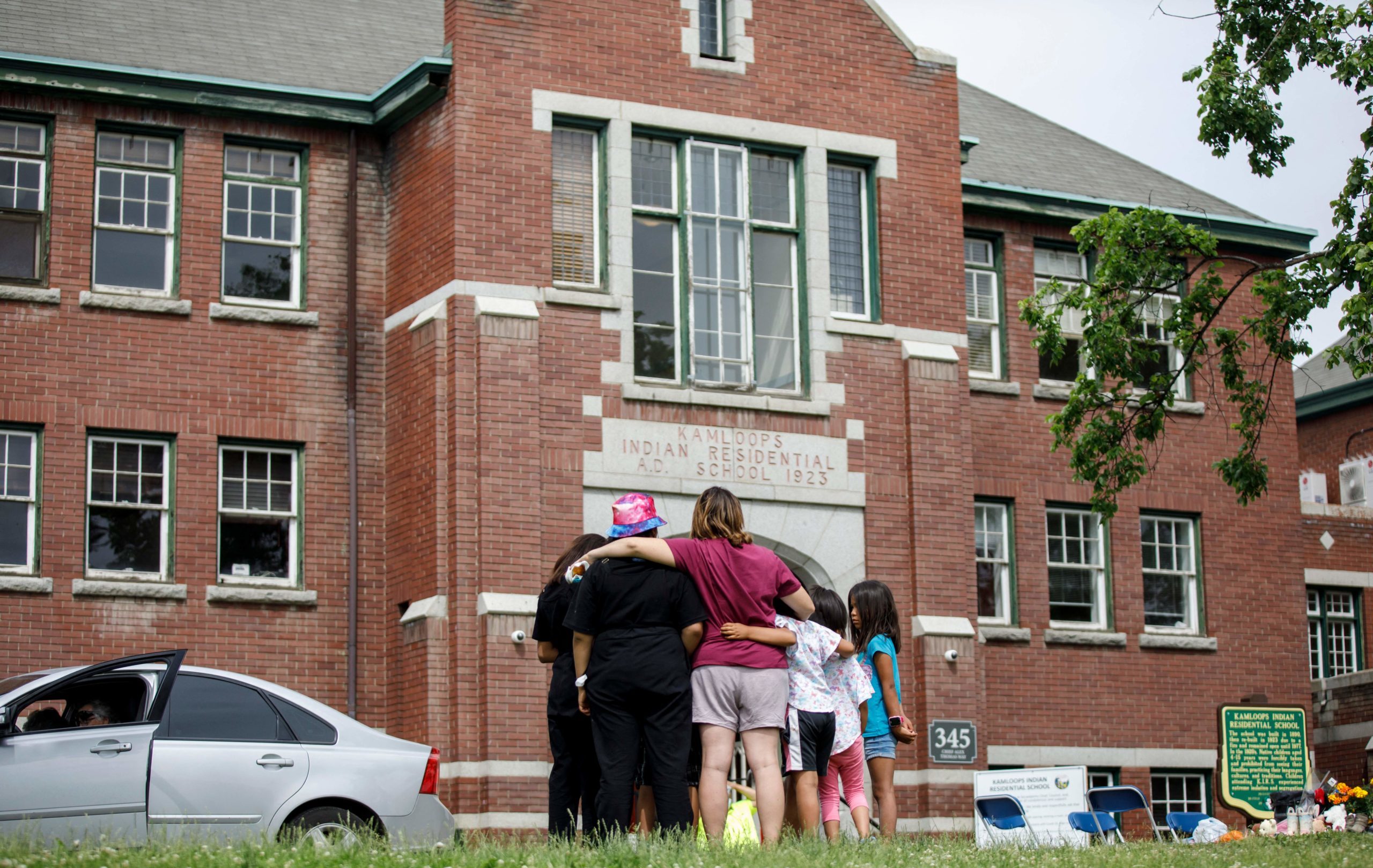Relative Truths and Rent-Seeking
Revisiting “Billy Remembers” with reason and evidence.

On July 24, 2022, Pope Francis arrived in Canada to apologize a second time for the “evil” of Indian residential schools. After the apology, an indigenous feather headdress was gifted to Francis, which he obligingly wore. This was immediately criticized as “triggering” and cultural appropriation. Many activists also felt the apology had not gone far enough, and a post-apology “to do” list was compiled. Non-indigenous people, of course, were told that they should not express their opinions and instead “just listen, learn, witness.”
All of this followed over a year of outrage stoked by the announcement of what the president of my (now former) university referred to as “the discovery of 215 innocent children found buried in unmarked graves at the site of a former residential school in Kamloops.” False statements such as this led me, on February 15, 2022, to publish the piece “Billy Remembers” in this magazine based upon the ground-breaking research of Nina Green. I pointed out that the only “evidence” consisted of the memories of Tk’emlúps te Secwépemc “Knowledge Keepers,” which had changed dramatically over the years. The rapid spread and acceptance of outlandish tales after ground-penetrating radar found 215 (subsequently downgraded to 200) soil disturbances reminded me of the Satanic Panic that unfolded in the 1980s, when credulous journalists and sympathetic listeners, primed by the fantastical book Michelle Remembers, fomented hysteria about children being subjected to horrific ritual abuse.
Comments